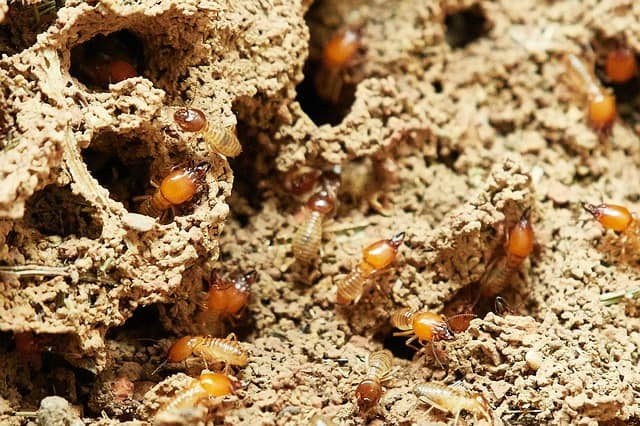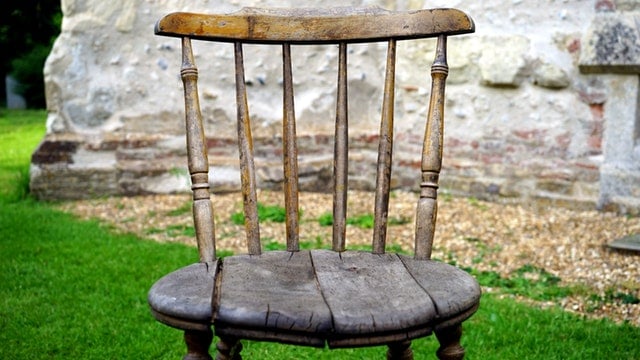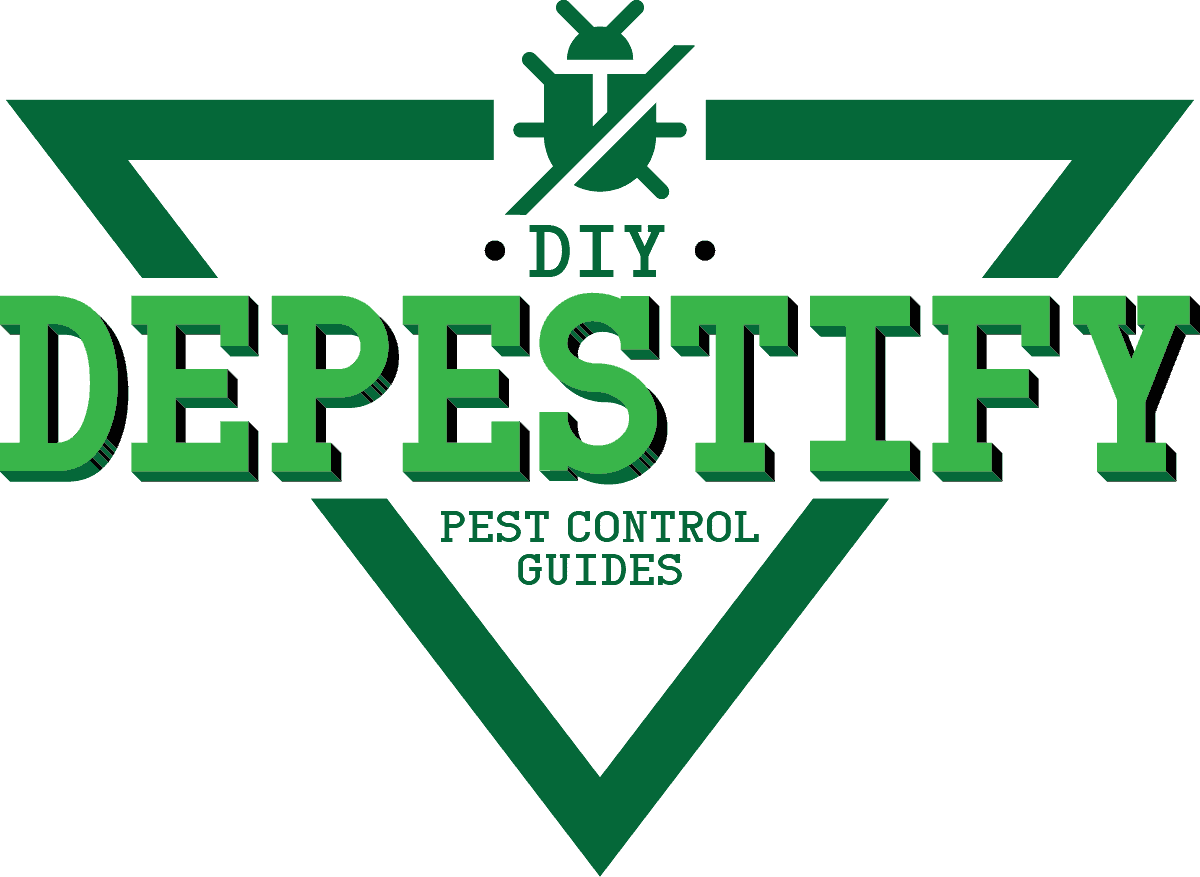According to the National Pest Management Association, termites cost Americans over five billion dollars a year [1]. Property damage by these pests can occur over a period of time and, as such, is not covered by household insurance.
Homeowner insurance policies will normally cover sudden and unavoidable damages such as floods, fire or tornado, but not termites.
Most lenders require some form of clearance letter before funding a home purchase. An official termite inspection and clearance letter costs an average of $100 to $200. Some states, like South Carolina, require a wood infestation report with all real estate transactions, which typically costs $150 [2].
If a termite problem or infestation is found, you will need to treat it as soon as possible. When building a new home, treatment can act as prevention of any future issues. But which is the best treatment?
The Biology of Termites

There is no one single best treatment for termites. To understand the best treatment for your infestation, you need to know a little about the different types. In general, they can be categorized into three groups:
- Subterranean
- Dampwood
- Drywood
Below, we take a brief look at each group and which are the most effective treatments.
Subterranean Termites
Subterranean termites are the most destructive species of this pest. They need contact with soil to survive, and live in colonies under the ground or in wet areas above ground. They build tunnels to reach their food, and eat wood, plastics, paper, and plant materials.
These pesky little bugs can destroy the foundations of your house, eat through wooden support beams and damage plastic pipes. They will even eat through swimming pool liners and filtration systems. Subterranean termites could also destroy many living trees and shrubs in your garden.
Based in the ground, soil treatment is the most effective for getting rid of subterranean termites. This can be done before constructing a new home or after the construction has taken place. A liquid is pumped into the soil, creating a barrier, or bait traps are used.
Dampwood Termites
Dampwood termites are usually much larger than their subterranean cousins, and are often referred to as Goliath termites. They tend to base their colonies in damp wood and rarely live in the soil. They won’t damage your home as much, as there is not normally enough moisture in the wood for them.
However, houses with leaking plumbing or damp, dying wood nearby, will attract dampwood termites. The best treatment to eradicate these pests is to eliminate the source of moisture, or any wood that contacts with the ground in your home. Certain treatments are available, which can dry out or seal the wood.
Often, no chemical treatment will be required. Baits can be used to draw out the termites when the wood is dried out. You can normally replace any wood that is damp or has an infestation. The following YouTube video shows some dampwood termites that have been dug out.
Drywood Termites
Drywood termites, unsurprisingly, build their colonies in non-decayed dry wood with a very low moisture content. Unlike subterranean termites, they don’t need contact with soil and are often carried into the house in wooden furniture. Once in the house, they can chew through support beams, floors and walls, causing extensive property damage.

The best drywood termite treatment tends to be fumigation or localized wood spot treatment. If the infestation is structural, a whole house fumigation will often be necessary. The spot wood treatment should only be used in limited infestations, like furniture or picture frames.
Fumigation will be most effective, as the gases penetrate the structure of a building and replace the oxygen with a deadly gas. When breathed in by the insects, this gas will result in an almost instant death.
These gases result in a 100 percent elimination of any insects or mammals, and should always be carried out by a licensed fumigator.
The Best Termite Treatment for New Constructions
Prevention is always better than cure. Applying treatment before construction can help to prevent a future infestation. Existing homes, or older properties, may have frequent termite problems due to obstructed or blocked water and sewerage pipes.
If you are building a new home, especially in areas with higher concentrations of moisture, your home will need protection from termites.
Pre-Construction Termite Treatment

Starting with the foundations of your new property, application to the soil before any slab placement is a common treatment. Both the bottom and sides of an excavation should be treated with chemical products before the start of any foundation work.
This forms a chemical barrier between the ground slab and masonry to prevent insects from approaching the construction. Holes are made in the earth, where the slabs are to be laid, which are filled with chemical products.
Once the pile cap is completed, treatment is carried out on the ground beams, Anti-termite treatment is also applied on the prepared hardcore slab and on the hardcore at the apron area.
The perimeter of the construction is treated by drilling holes around the structure and filling with chemicals. Where there are pipe beddings, these should be filled with chemicals to secure future piping.
Portions of the building where you intend to place wooden products, like cabinets or doors, should also be treated with anti-termite chemicals.
Post Construction
When pre-construction treatment is not possible, there are different means to catch up and react, involving the use of chemicals. These methods can be used on any house renovations or existing homes.
An assessment of the entire area can help determine any future problems, the extent of damage, and the location of the termites. This assessment will also pinpoint any access to the structure or the spread of an infestation into surrounding areas.
Similar to the pre-construction stage, holes filled with chemical products can create a barrier around your home.
Floors and walls can also be treated by drilling holes and filling with chemicals, to ensure there is no more spreading of the problem. All points of contact between wood and the ground should be treated with chemicals. Any voids in the masonry should also be treated.
Soil Treatments for Subterranean and Garden Termites
The subterranean species is by far the most common type of termite across the United States, and cause the most damage. Although, Formosan termites are the most aggressive and economically devastating, and will destroy wood quickly because of their large populations [3].
Subterranean termites need moisture from the soil, and telltale signs of an infestation will include mud droppings near the affected areas.
Techniques like fumigation or spot spraying may kill the insects already infesting your property but won’t prevent them from coming back. Subterranean termite colonies can contain thousands of individual creatures, foraging in many directions.
Formosan termites may be classed as subterranean, but they don’t need soil contact. Instead, they tend to build nests above the ground, and nest in trees, attics or walls. Formosan termites may be killed by soil treatments, but locating their nest and removing it from the structure is more effective.
Liquid Treatments
Liquid termiticides have been used for many decades. Their intention is to create a long-lasting barrier in the soil, to prevent termites from infesting or entering a building. This can be the most effective form of treatment and will normally kill off termites already in the building.
These termiticides were traditionally a repellent, rather than being lethal to termites already in the soil.
However, current products like Termidor® (fipronil), Premise® (imidacloprid) and Altriset® are now non-repellent, killing any termites tunneling into the treated area. These products are more reliable at controlling termite infestations on the first attempt.
Perimeter remedies are available using spot treatments, with most companies offering a warranty against returning termites. The exterior of your home is treated with a liquid product, such as Termidor®, with spot treatment to any infested or high-risk area inside the home. The warranty will normally be dependent on annual renewal treatments.
Bait Treatments
Registered termite chemical treatments have to be extensively tested for any adverse effects on health. Before any product can be used, numerous studies must be conducted by the manufacturer and the U.S. Environmental Protection Agency.
Although registered termiticides pose no significant risk to human, pets or the environment, some people remain apprehensive.
Bait treatments can be used alone or in combination with liquid treatments. In addition, baiting traps have been shown to be effective in killing off many neighboring Formosan termite colonies [4]. Products such as the Hex Pro termite baiting system are efficient and also have fewer chemicals than other methods.
Termite baits will consist of a cellulose-based food, combined with a slow-acting but lethal substance. Different baiting systems used by pest control firms include Sentricon®, Exterra®, and Trelona Advance®.
The bait traps are usually installed below ground, although brands like Sentricon can also be affixed over mud tunnels in the structure of your home.
What’s the Difference Between Liquid Termite Treatment and Baiting Systems?
Unlike liquid treatments, a termite bait is not designed to kill these insects immediately. It’s a slower process, which relies on the social nature of the termites.
The affected insects will carry the toxin back to spread to the entire colony. Eventually, it will kill the queen, without whom the entire colony will perish.
The baiting system process can often take a year or longer, depending on the size of the infestation. The time of year you place the bait may also determine how long it takes. Termites tend to “work” slower in colder climates, so it can take longer to reach and kill the queen.
The Best Drywood Termite Treatments
Both the methods above concentrate on the termites’ need for moisture or contact with the soil. Drywood termites live in non-decayed dry wood and don’t need any moisture. They build their nests and dig tunnels in the beams of your home, or live inside wooden furniture.
Boric acid can be one of the best at-home treatment methods for drywood termites. It has the advantage of being inexpensive and safe to use around humans or pets.
You simply mix the boric acid with water and inject into any infested wood. Once the insect ingests the boric acid it will stop eating the wood and die.
For smaller termite infestations, a localized and spot wood treatment can be used. Holes are drilled into the wood and a drywood insecticide is introduced via the holes. This treatment should be carried out by a professional pest company.
Aerosols like Termidor Foam, Termidor Dry Premise Foam, and Alpine Foam are recommended to be sprayed into holes in the drywood termite galleries.
Whole Property Fumigation
Structural fumigation will involve evacuating your house of all inhabitants, including pets. In addition, you will need to cover all foods, pet foods, and medications. The process can take several days, and only after then is it safe to return to your home.
The procedure involves the whole building being covered with a tent or tarps. A gas penetrates the inner structure and replaces all of the oxygen.
Fumigants used include sulfuryl fluoride (Vikane) or methyl bromide (bromo-gas). Gases only need to kill the adult drywood termites, as the nymphs and eggs won’t survive without the adults.
Vikane and bromo-gas are both restricted use products which can only be purchased with a Certified Structural Fumigation License. Fumigations should only ever be performed by professionals.
Care should be taken to ensure it is safe to return to the home. A recent case of acute sulfuryl fluoride poisoning has been traced back to a termite fumigation [5].
Heat Treatment for Termites
If you are concerned about pumping your home full of toxic gases, heat treatment can be a viable, alternative treatment. Instead of using poisonous gases, you use heat to treat the entire structure of your home.
Whole structure fumigation is usually only recommended when a drywood termite colony has been identified by a professional inspection.
Professional pest control experts will set up special heaters, which spread hot air throughout your home. They will normally raise the temperature to 120–140 degrees Fahrenheit, with the internal wood temperature needing to reach at least 120 degrees.
The main advantages are that this usually takes less than a day and avoids the need for fumigating gas.
However, heat treatment isn’t without its pitfalls, and is often not 100 percent effective. Sometimes it is not feasible to raise the temperature of the inner portion of the structure high enough to kill all termites and the eggs. Heat treatment won’t offer protection against future infestations and can also damage some home appliances in the process.
In Brief
The best termite treatment will depend on the kind of infestation you have and the size of the problem. Subterranean termites will be most effectively killed with soil or baiting treatments. Often these treatments can last five years or longer, but you should regularly inspect to ensure the insects haven’t returned.
Prevention is better than cure in most cases, with pre-treatment of your property helping to prevent a future infestation. Pre-construction measures, from the foundations upwards, will protect your property for many years. Any wooden parts of the structure can be treated and sealed to stop termites from entering.
It is of vital importance that any termite infestation is treated immediately. In extreme cases, a whole house fumigation may be needed. Remember, if you have termites which also need moisture, treat the soil around your house first to prevent them from returning. Feel free to take a look at our main guide here on how to get rid of termites – https://depestify.com/get-rid-of-termites/. It should cover everything that you need to know about termites and take the proper approach.
Sources
- “Pest Management Industry Factsheet” National Pest Management Association (NPMA). https://npmapestworld.org/newsroom/industry-fact-sheet/
- “Termite & Pest Inspection Costs” Home Advisor. https://www.homeadvisor.com/cost/inspectors-and-appraisers/termite-pest-inspection/
- “Distribution of Termites in USA” Termites Treatment https://www.termitestreatment.com/distribution-of-termites-in-usa/
- “A Termite-Control Twofer: How Baiting One Colony of Formosan Subterranean Termites Can Knock Out the Colony Next Door” Entomology Today https://entomologytoday.org/2017/03/01/a-termite-control-twofer-how-baiting-one-colony-of-formosan-subterranean-termites-can-knock-out-the-colony-next-door/
- “Notes from the Field: Acute Sulfuryl Fluoride Poisoning in a Family – Florida, August 2015” Centers for Disease Control and Prevention https://www.cdc.gov/mmwr/volumes/65/wr/mm6527a4.htm

